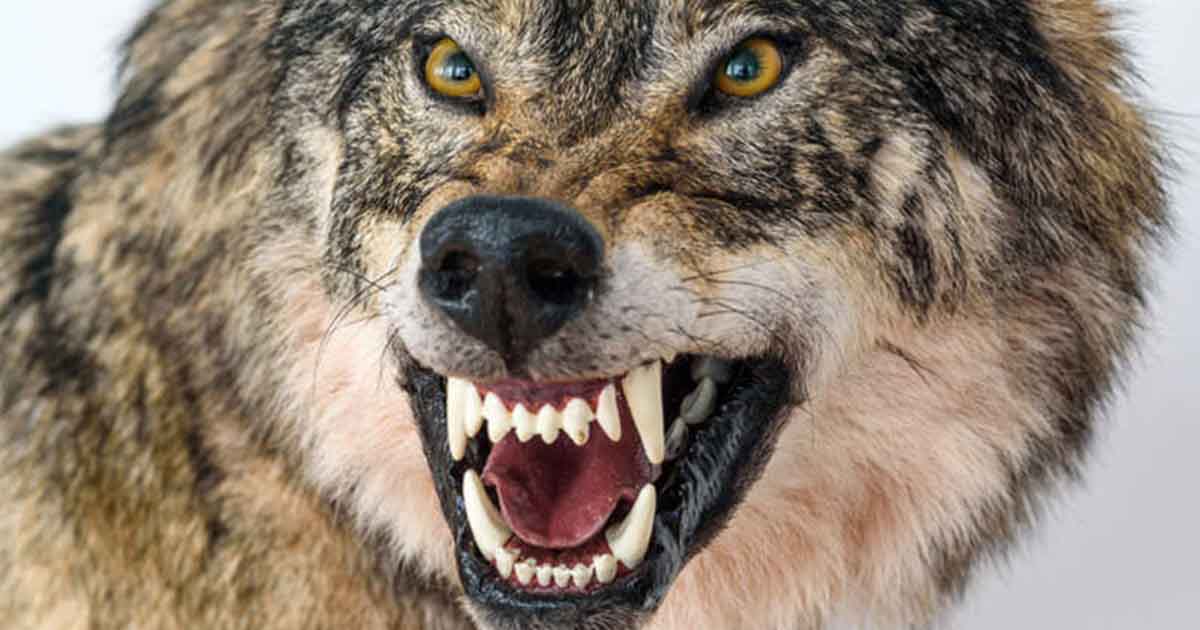North America, a continent known for its diverse ecosystems, harbors a multitude of creatures, some of which can be deadly to humans. From the vast forests to the arid deserts, danger lurks in various forms. Let’s explore the 21 deadliest animals in North America, each with its own unique capabilities to strike fear into the hearts of those who encounter them.
1. Grizzly Bear (Ursus arctos horribilis):
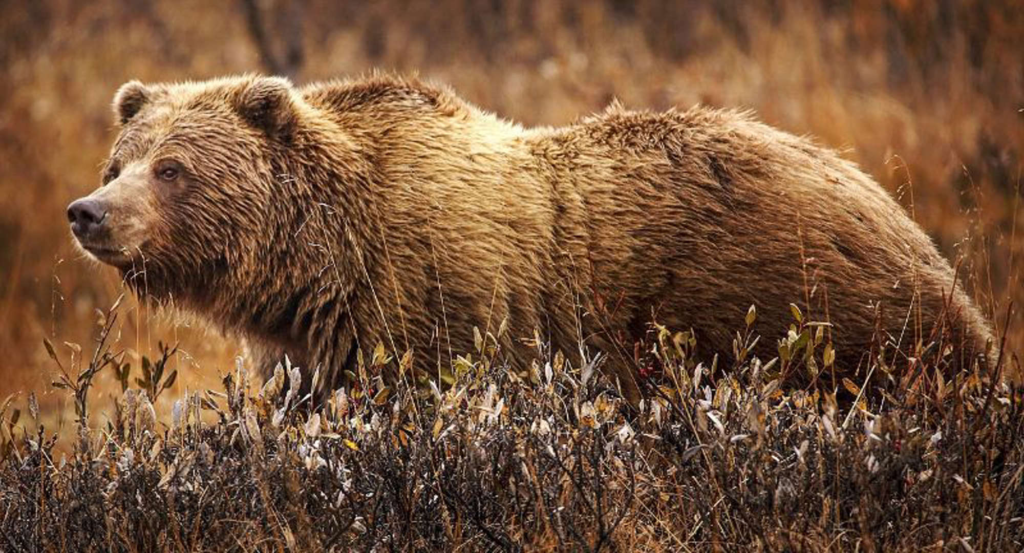
Roaming the wilderness of the northern regions, the grizzly bear is an apex predator feared for its immense size and strength. With powerful jaws and sharp claws, it can easily overpower prey or pose a significant threat to humans who venture too close.
Read More: Can You Spot the Hidden Animals?
2. American Alligator (Alligator mississippiensis):
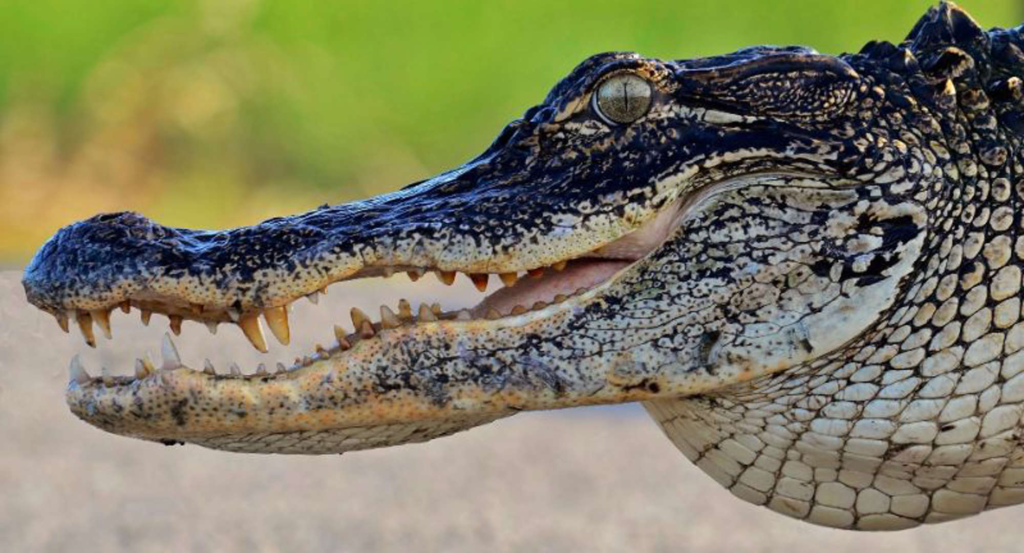
In the swamps and marshes of the southeastern United States, the American alligator reigns supreme. While typically shy, these reptiles can become aggressive if provoked, making them dangerous to unsuspecting humans.
3. Eastern Diamondback Rattlesnake (Crotalus adamanteus):
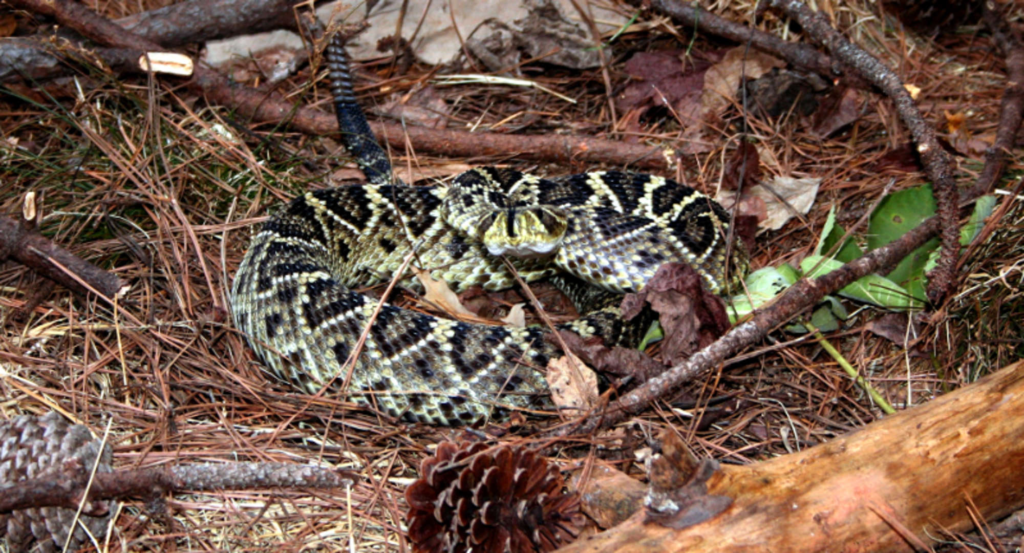
Found in the southeastern United States, the Eastern Diamondback Rattlesnake possesses potent venom and the ability to deliver a lethal bite. Its intimidating rattle serves as a warning to potential threats, but for those who fail to heed it, the consequences can be dire.
4. Mountain Lion (Puma concolor):
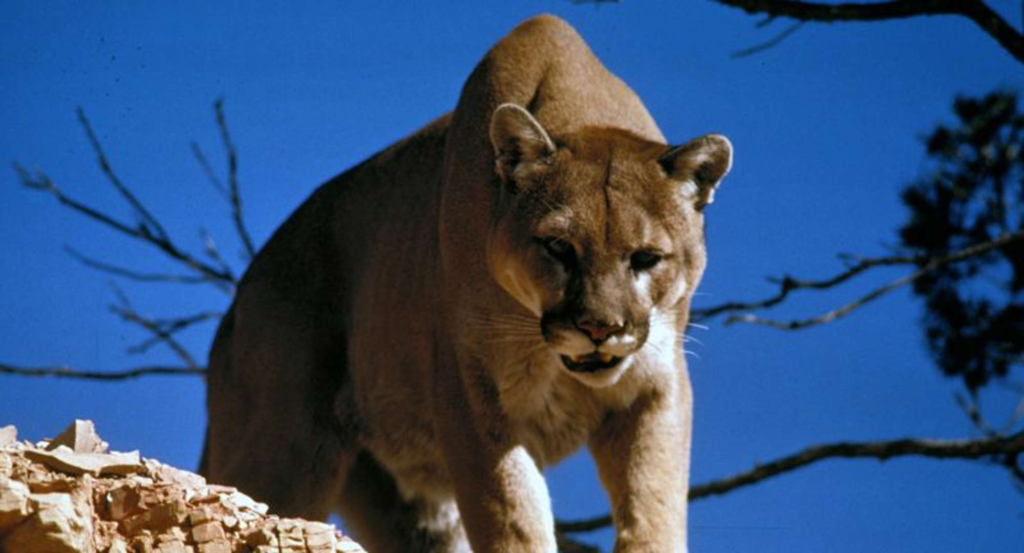
Also known as cougars or pumas, mountain lions are stealthy predators that inhabit various regions of North America. Their ability to ambush prey silently makes them formidable hunters, and encounters with humans, though rare, can turn fatal. One of the most fitting in the category of deadliest animals.
5. North American Black Widow Spider (Latrodectus mactans):
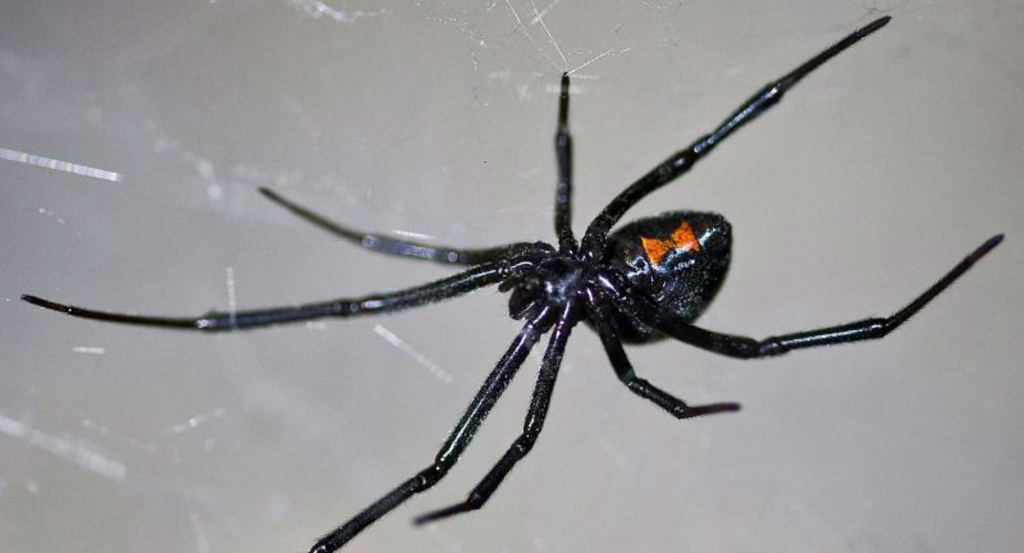
With its distinctive red hourglass marking, the North American black widow spider is notorious for its venomous bite. While fatalities are rare due to the availability of antivenom, encounters with this arachnid can result in severe pain and illness.
Read More: Family infected with parasitic worms from undercooked black bear meat, CDC reports
6. Timber Rattlesnake (Crotalus horridus):

Found in wooded areas of eastern North America, the timber rattlesnake possesses potent venom and a rattling tail that serves as a warning signal. Though generally reclusive, these snakes will defend themselves if threatened, posing a significant risk to humans.
7. Bull Shark (Carcharhinus leucas):
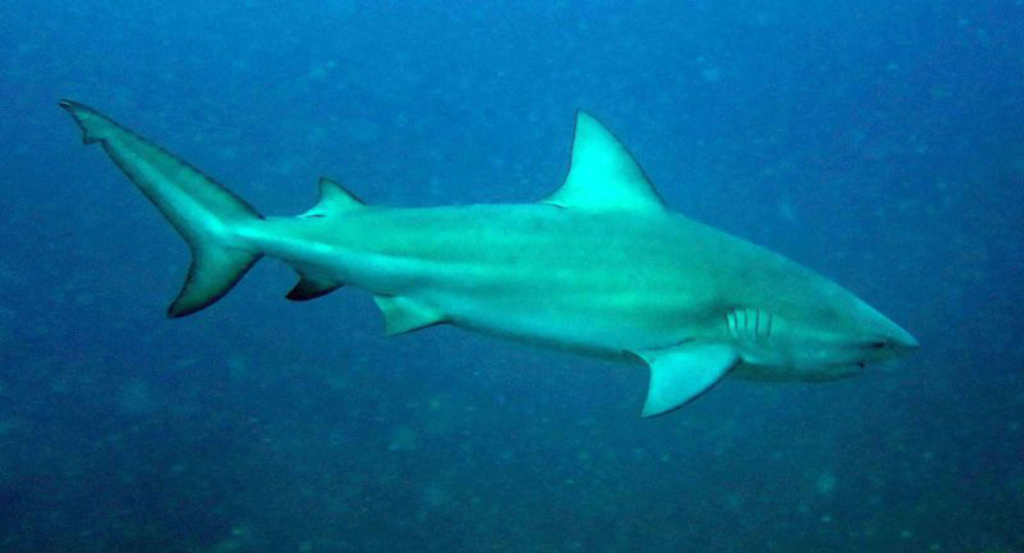
Known for its aggressive behavior and ability to inhabit both saltwater and freshwater environments, the bull shark is responsible for numerous attacks on humans along the coastlines of North America.
8. Western Diamondback Rattlesnake (Crotalus atrox):
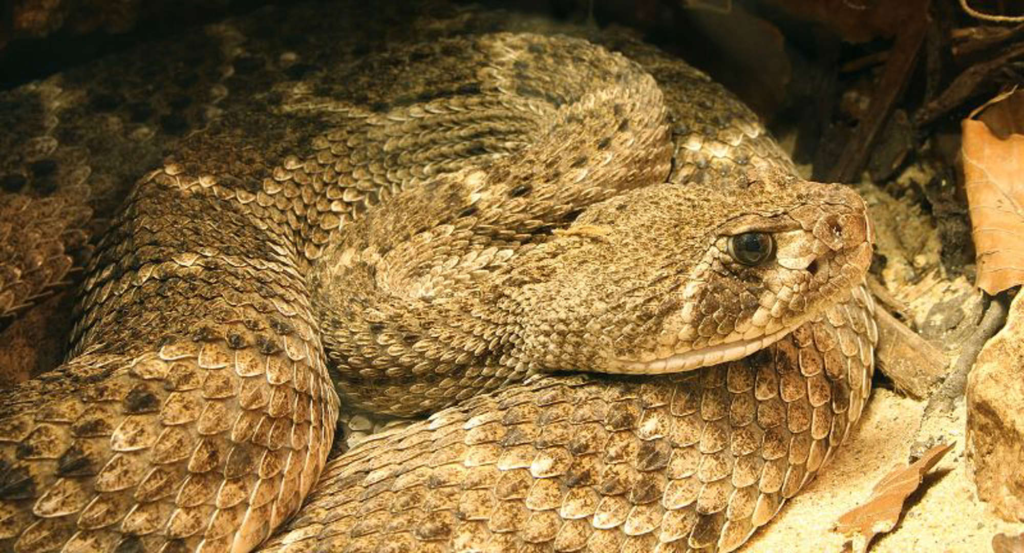
Found in the southwestern United States and northern Mexico, the Western Diamondback Rattlesnake is one of the largest venomous snakes in North America. Its potent venom can cause tissue damage and, in severe cases, death if not treated promptly.
9. American Bison (Bison bison):
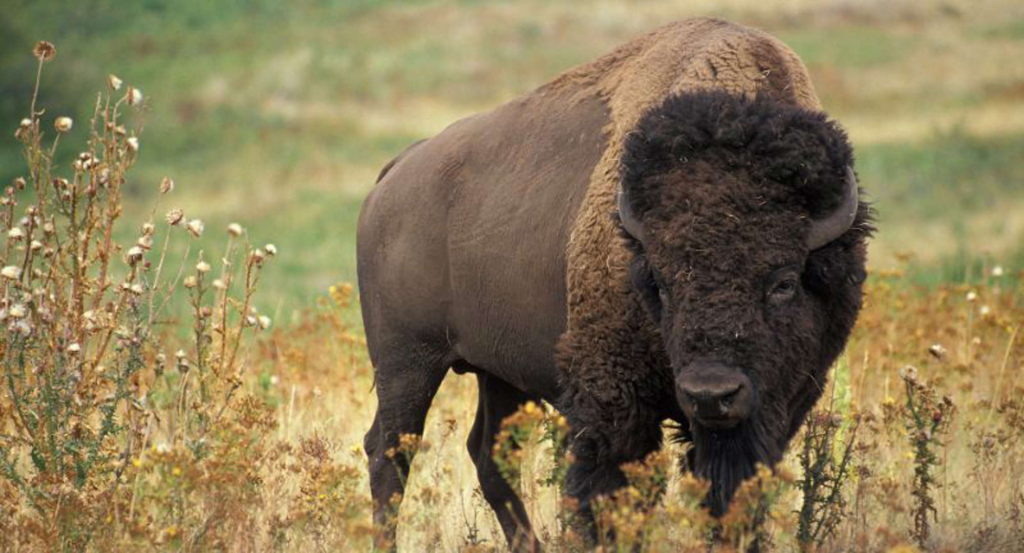
Despite their placid appearance, American bison can be surprisingly dangerous, especially during mating season or when defending their young. Their massive size and formidable horns make them a force to be reckoned with in the wild, hence their stature as one of the deadliest animals.
10. Black Bear (Ursus americanus):
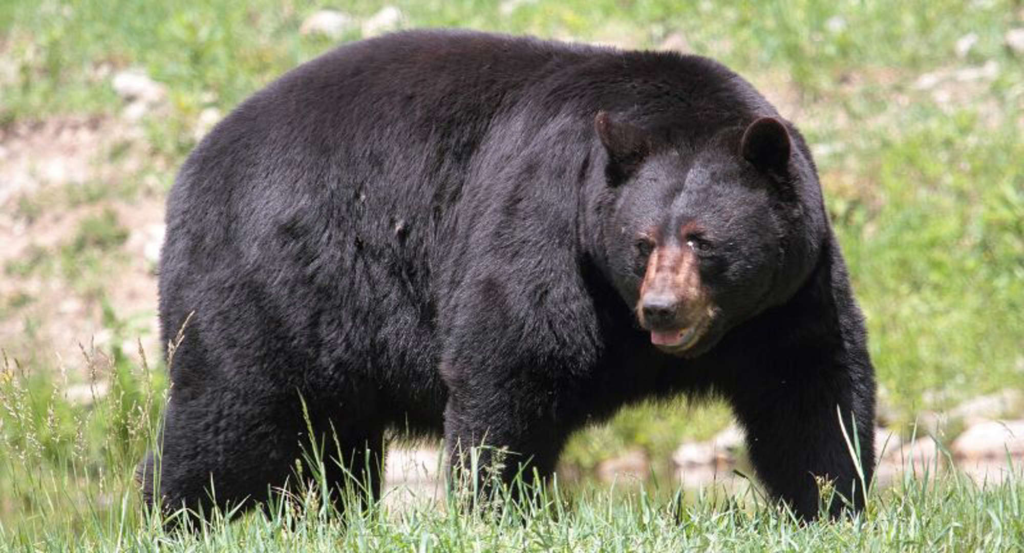
While not as large or aggressive as their grizzly counterparts, black bears can still pose a threat to humans, especially if surprised or provoked. Encounters between black bears and humans are relatively common in forested areas across North America.
11. Copperhead Snake (Agkistrodon contortrix):

Found throughout the eastern and central United States, the copperhead snake is responsible for numerous bites each year. While its venom is rarely fatal to humans, it can cause significant pain and tissue damage if not treated promptly.
12. American Crocodile (Crocodylus acutus):
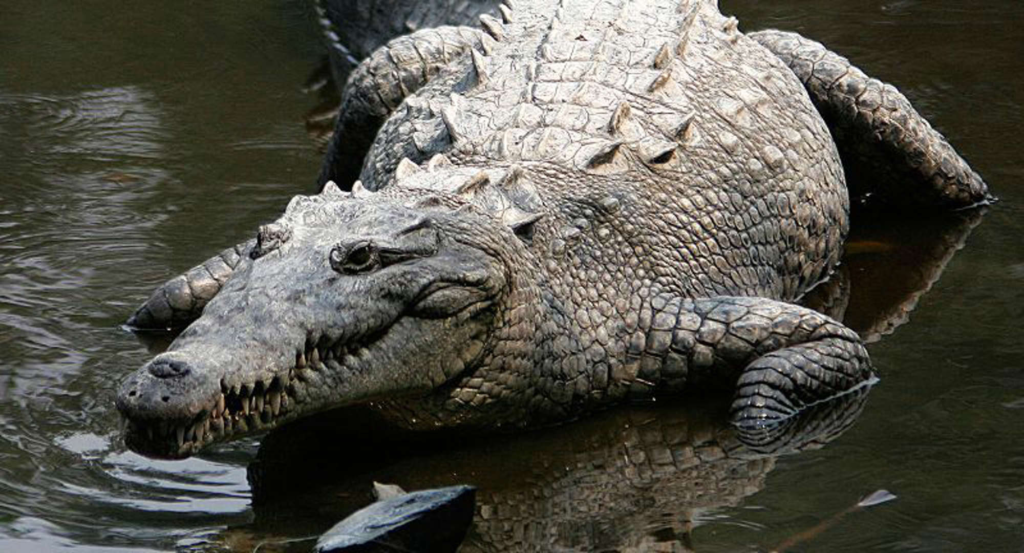
Native to southern Florida and parts of the Caribbean, the American crocodile is a formidable predator capable of taking down large prey, including humans. Encounters with these reptiles are rare but can be deadly if proper precautions are not taken.
13. Brown Recluse Spider (Loxosceles reclusa):
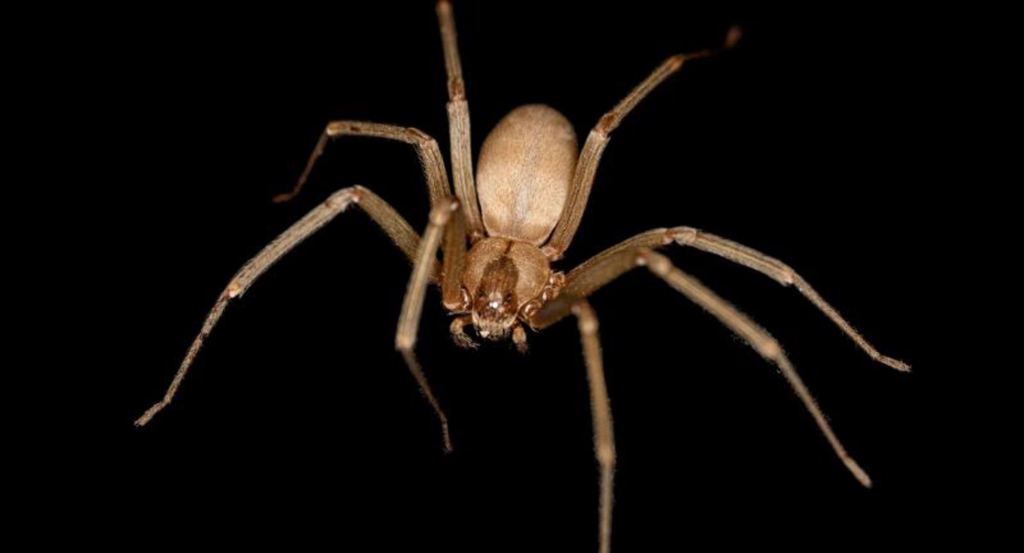
Found in various regions of North America, the brown recluse spider is known for its necrotic venom, which can cause severe tissue damage and, in rare cases, death. Encounters with these spiders should be avoided whenever possible as they are one of the deadliest animals.
14. Eastern Cottonmouth (Agkistrodon piscivorus):
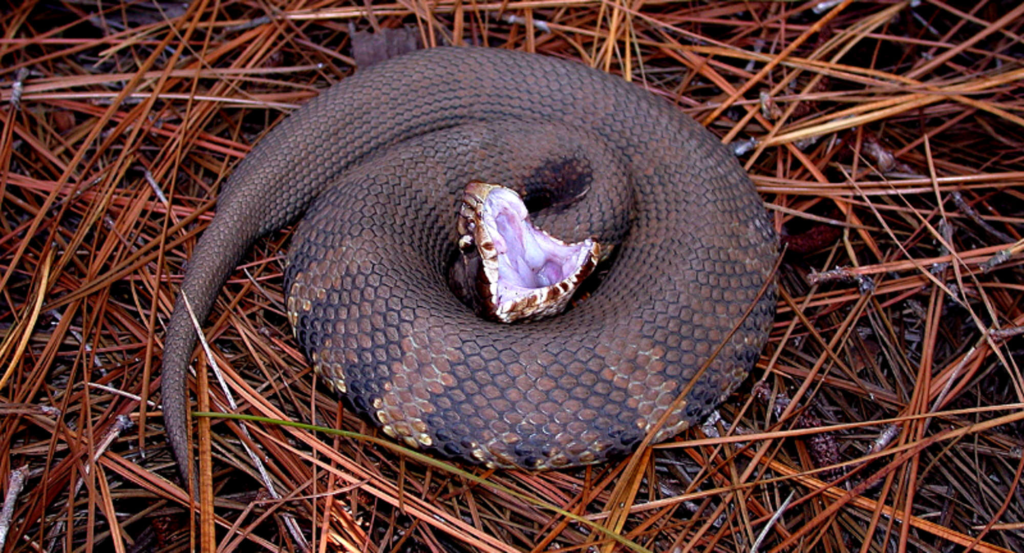
Often found near bodies of water in the southeastern United States, the Eastern Cottonmouth, also known as the water moccasin, is a venomous snake capable of delivering a potent bite. While fatalities are rare, their venom can cause severe pain and swelling.
Read More: Scientists reveal the only animal likely to survive the end of the world
15. American Bullfrog (Lithobates catesbeianus):

While not inherently dangerous to humans, the American bullfrog can carry and transmit diseases such as salmonella, making them a potential health hazard, especially for young children or individuals with weakened immune systems.
16. North American Coral Snake (Micrurus fulvius):
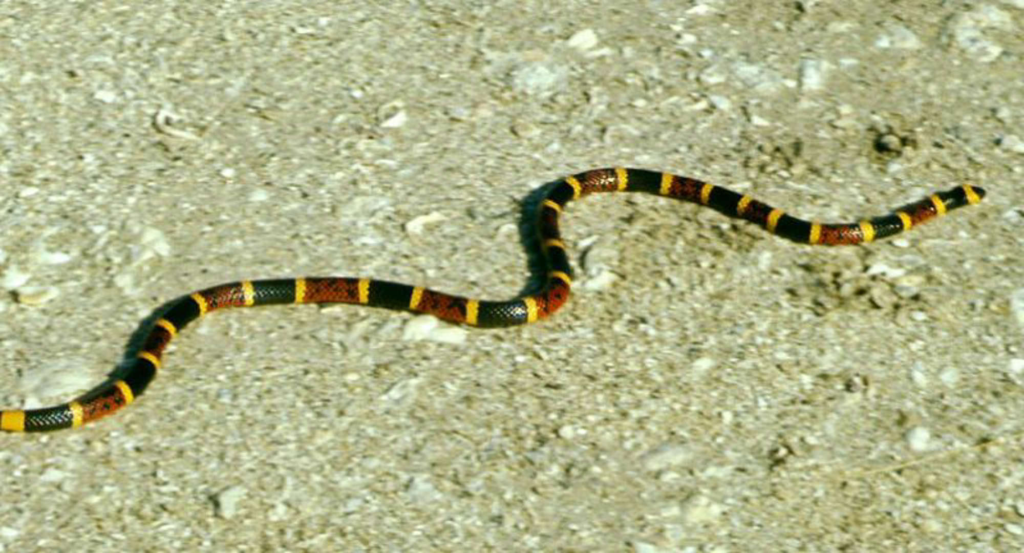
Known for its vibrant coloration and potent neurotoxic venom, the North American coral snake is one of the deadliest snakes on the continent. Encounters with these elusive reptiles are rare but should be avoided due to the severity of their venom.
17. Wolverine (Gulo gulo):

Known for their ferocity and tenacity, wolverines are elusive carnivores that inhabit remote regions of North America, including Canada and Alaska. Despite their relatively small size, they possess immense strength and are capable of taking down prey much larger than themselves making them one of the deadliest animals. Wolverines are solitary animals with vast home ranges, making encounters with humans rare but unforgettable.
18. Wild Boar (Sus scrofa):
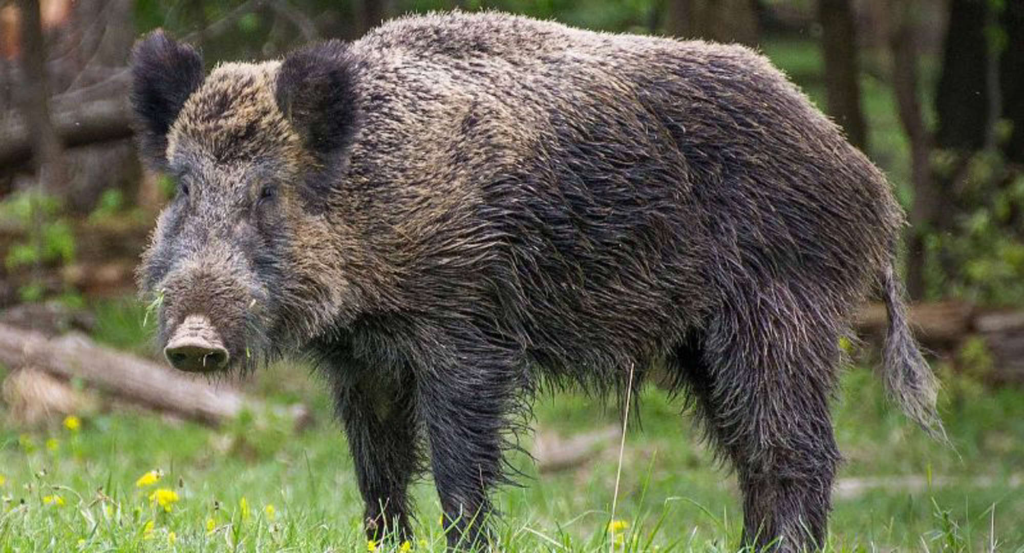
Given their reputation for violence and their powerful tusks, wild boars are considered invasive in certain areas of North America. These animals can be dangerous to people when they come into contact with them and can do significant harm to property and crops.
19. Gila Monster (Heloderma suspectum):

Found in the deserts of the southwestern United States and northern Mexico, the Gila monster is one of only two venomous lizard species in the world. Despite its fearsome reputation, it is relatively slow-moving and prefers to avoid confrontation. However, its venom can cause severe pain and discomfort if injected, making it a creature to be respected from a distance.
20. Arctic Fox (Vulpes lagopas):
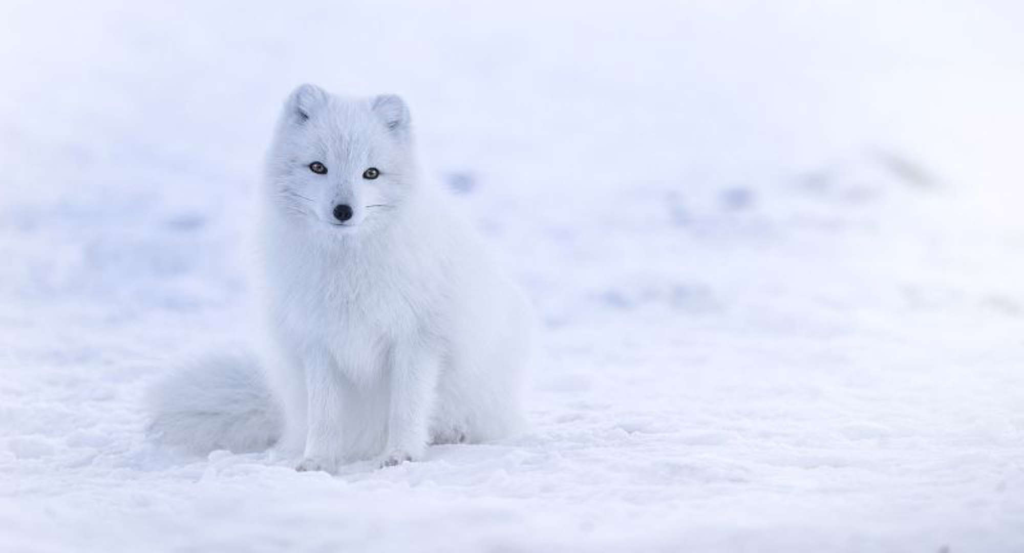
The thick, white coat of the Arctic Fox, a tiny carnivore that lives in the frigid tundra of the Arctic, helps it blend in with the snow. These foxes are recognized for their amazing capacity to survive in extremely frigid temperatures. They are opportunistic feeders that hunt on small mammals and birds. Although they do not pose a direct threat to people, they are important because they help keep rodent populations under control and the ecological balance intact.
Read More: 17 of The Scariest Animals On Earth
This content has, in part, been generated with the aid of an artificial intelligence language model. While we strive for accuracy and quality, please note that the information provided may not be entirely error-free or up-to-date. We recommend independently verifying the content and consulting with professionals for specific advice or information. We do not assume any responsibility or liability for the use or interpretation of this content.
